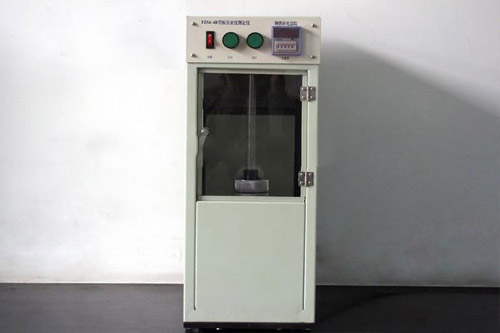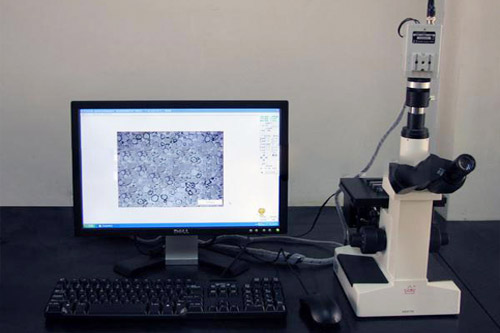Wide application of molybdenum and molybdenum alloys
The application of molybdenum and molybdenum alloy is very extensive, this is because it has many characteristics, such as high strength (2000 degrees), low thermal expansion coefficient, excellent electrical conductivity thermal conductivity, and higher corrosion resistance to molten glass, molten salt and molten metal, but also it can improve the wear resistance of the thin coating. Molybdenum is a special kind of alloying element, which not only brings many excellent properties into the steel, but also can be easily added to the molten metal. Adding to the oxidation of molybdenum into steel can greatly reduce the melting loss. Molybdenum is used in carburizing steel, which can improve the hardening of the low carbon part of the heart, while increase the toughness of high carbon parts. For large cross-section parts, such as gears, it is especially effective. In the process of carburizing, molybdenum is not oxidized, as an effective hardening agent, molybdenum will not lead to surface cracks and spalling.
Compared with other alloying elements, molybdenum atoms are very large. Therefore, it is a very effective enhancer, which can improve the creep strength of steel to 600 degrees Celsius. Its size effectively prevents the migration of arsenic atoms to the grain boundaries, thereby preventing the temper embrittlement. The high temperature molybdenum steel that firstly used these properties of molybdenum is 0.50% C- Mo steel. It has been replaced by Cr-Mo series steel containing molybdenum 0.50% ~ 2%. Molybdenum plays an important role in the development of low carbon microalloyed HSLA steel. Because chromium can form a thin protective film on the surface of the steel, so the stainless steel has good corrosion resistance. Molybdenum can make the passivation film more robust, and rapidly regenerate after being destroyed in the chloride. The increase of mo content can improve the corrosion resistance of stainless steel pitting and crack. Increasing molybdenum content can enhance the effect of air resistance in chloride.
Molybdenum never appears as a natural element, but always with other elements. The molybdenum resources in the world are mainly distributed in the mountains of North America and South America, the United States is the world's largest producer of molybdenum, is also the world's largest molybdenum reserves of the country, for 5 million 400 thousand tons, accounting for nearly half of the world's total.
Compared with other alloying elements, molybdenum atoms are very large. Therefore, it is a very effective enhancer, which can improve the creep strength of steel to 600 degrees Celsius. Its size effectively prevents the migration of arsenic atoms to the grain boundaries, thereby preventing the temper embrittlement. The high temperature molybdenum steel that firstly used these properties of molybdenum is 0.50% C- Mo steel. It has been replaced by Cr-Mo series steel containing molybdenum 0.50% ~ 2%. Molybdenum plays an important role in the development of low carbon microalloyed HSLA steel. Because chromium can form a thin protective film on the surface of the steel, so the stainless steel has good corrosion resistance. Molybdenum can make the passivation film more robust, and rapidly regenerate after being destroyed in the chloride. The increase of mo content can improve the corrosion resistance of stainless steel pitting and crack. Increasing molybdenum content can enhance the effect of air resistance in chloride.
Molybdenum never appears as a natural element, but always with other elements. The molybdenum resources in the world are mainly distributed in the mountains of North America and South America, the United States is the world's largest producer of molybdenum, is also the world's largest molybdenum reserves of the country, for 5 million 400 thousand tons, accounting for nearly half of the world's total.
Prev:上一篇:Tungsten Electrode
Next:下一篇:Pure Niobium Foil to Korea










